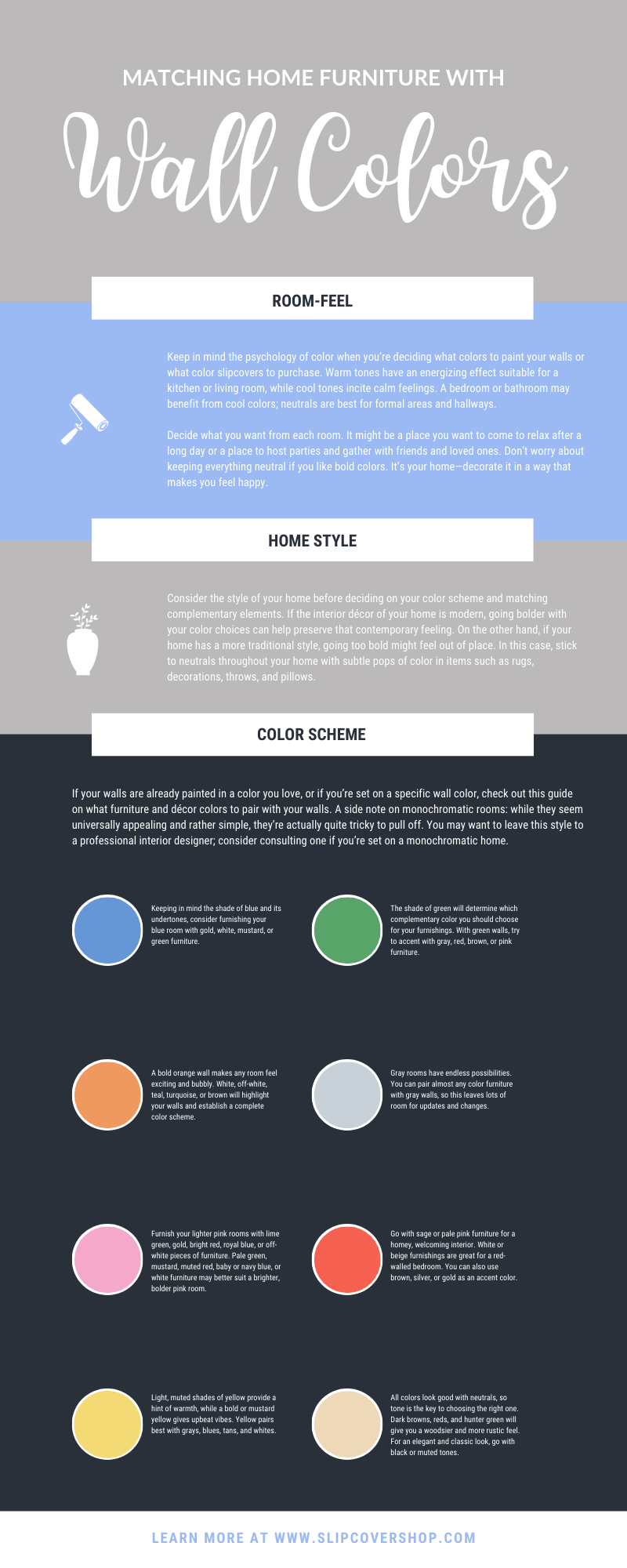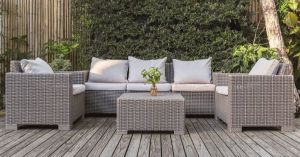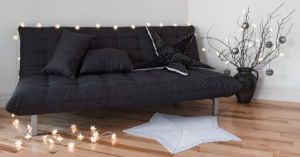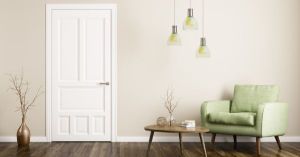Many people strive for a cohesive décor style, but they often overlook color schemes and the way they can affect a home. Making sure your furniture complements your wall color isn’t as involved of a process as you may think—in fact, you can use slipcovers to easily update your furniture color without the hassle of painting the walls or purchasing new furniture.
Room-feel
Keep in mind the psychology of color when you’re deciding what colors to paint your walls or what color slipcovers to purchase. Warm tones have an energizing effect suitable for a kitchen or living room, while cool tones incite calm feelings. A bedroom or bathroom may benefit from cool colors; neutrals are best for formal areas and hallways. Decide what you want from each room. It might be a place you want to come to relax after a long day or a place to host parties and gather with friends and loved ones. Don’t worry about keeping everything neutral if you like bold colors. It’s your home—decorate it in a way that makes you feel happy.
Home style
Consider the style of your home before deciding on your color scheme and matching complementary elements. If the interior décor of your home is modern, going bolder with your color choices can help preserve that contemporary feeling. On the other hand, if your home has a more traditional style, going too bold might feel out of place. In this case, stick to neutrals throughout your home with subtle pops of color in items such as rugs, decorations, throws, and pillows.
Color scheme
If your walls are already painted in a color you love, or if you’re set on a specific wall color, check out this guide on what furniture and décor colors to pair with your walls. A side note on monochromatic rooms: while they seem universally appealing and rather simple, they’re actually quite tricky to pull off. You may want to leave this style to a professional interior designer; consider consulting one if you’re set on a monochromatic home.
Blue walls
Keeping in mind the shade of blue and its undertones, consider furnishing your blue room with gold, white, mustard, or green furniture. Remember, you can use multiple colors in a single room—just beware of overpowering the room. Decide on a central theme: for example, if your room is painted royal blue with a mustard statement couch and white chairs, add more pops of royal blue with throw pillows and table décor.
Green walls
The shade of green will determine which complementary color you should choose for your furnishings, but even with a bold green wall, don’t be afraid to use a statement piece or brightly colored furniture. With green walls, try to accent with gray, red, brown, or pink furniture. Green and pink is a fun combination for a lively bedroom; try supplementing green walls with a patterned pink bedspread and a gray chair.
Orange walls
A bold orange wall makes any room feel exciting and bubbly. Keep that feeling going with furniture to match. White, off-white, teal, turquoise, or brown will highlight your walls and establish a complete color scheme. Be sure to arrange your furniture in a useful and aesthetically pleasing way. An easy trap to fall into is putting all the furniture up against walls. Move your furniture around to make your room feel brand-new (with a brand-new color scheme!).
Gray walls
Gray rooms have endless possibilities. You can pair almost any color furniture with gray walls, so this leaves lots of room for updates and changes. Gray living rooms are fun because you can go bold with a bright and vibrant couch. If you have a large living room with space for a sectional couch, consider brightly colored three-piece sectional couch covers that you can change out with the seasons. However, it’s crucial to address the undertones in gray shades. If your gray walls have green undertones, gray accent pieces with purple undertones will clash.
Pink walls
Pale pink is a subtle nod to a lively and fun home, while a hot pink suggests a daring and exciting room. Depending on the shade of pink, you can really get experimental with the room. Furnish your lighter pink rooms with lime green, gold, bright red, royal blue, or off-white pieces of furniture. Pale green, mustard, muted red, baby or navy blue, or white furniture may better suit a brighter, bolder pink room.
Red walls
Red walls can be intimidating or exciting, depending on the furniture choice. The color scheme can make or break a red room. Go with sage or pale pink furniture for a homey, welcoming interior. White or beige furnishings are great for a red-walled bedroom, as these complementary colors have an elegant and regal effect. You can also use brown, silver, or gold as an accent color to really keep a bold, old-style feel in your room.
Yellow walls
Yellow walls are welcoming and homey. Light, muted shades of yellow provide a hint of warmth, while a bold or mustard yellow gives upbeat vibes. Yellow pairs best with grays, blues, tans, and whites. If a bedroom has yellow walls, try a fun, patterned bedspread that’s mainly gray, and consider yellow sheets or pillow shams and a teal chair to pull everything together for a fun feel.
Neutral walls
If your walls are painted white, beige, or another neutral color, consider your home layout and style overall—and then dare to go bold. All colors look good with neutrals, so tone is the key to choosing the right one. Dark browns, reds, and hunter green will give you a woodsier and more rustic feel. For an elegant and classic look, black or muted tones can keep your rooms tone intact. As we mentioned above, if you don’t want to repaint or get new furniture, investing in slipcovers from Slipcover Shop can solve your color woes. No matter what colors you use for your walls, furniture, or décor, as long as you feel at home in your house, you’ve successfully created a cohesive and welcoming home. 




